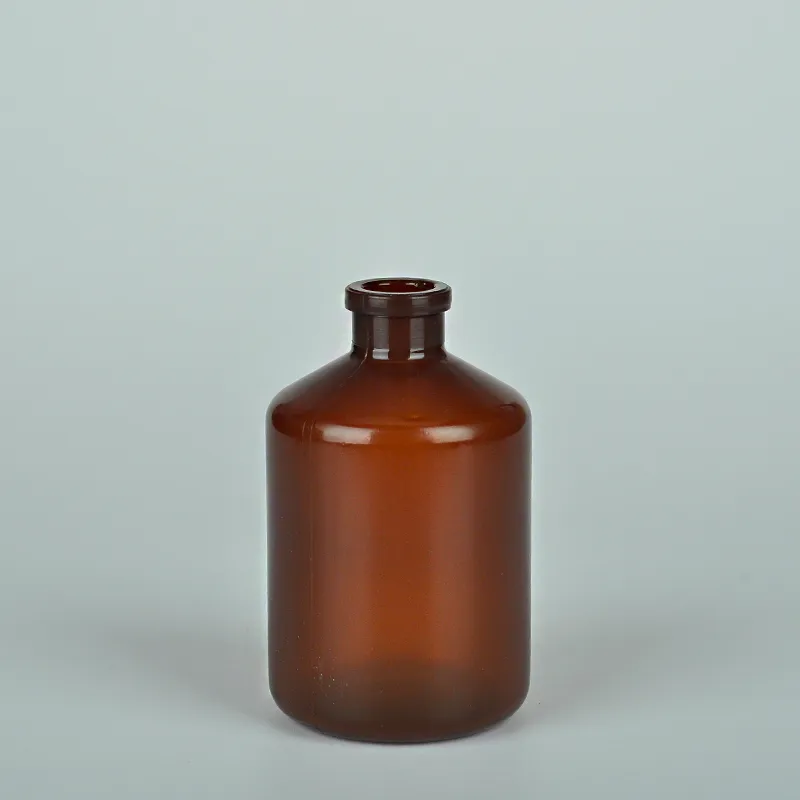https://www.wahmg.com/)">
Innovative Design for Storing and Dispensing Distilled Water in Convenient Vial Packaging
Innovative Design for Storing and Dispensing Distilled Water in Convenient Vial Packaging
The Essence of Distilled Water A Comprehensive Look at Distilled Water Vials
In a world where purity and quality are paramount for scientific, medical, and everyday needs, distilled water stands out as a beacon of precision and reliability. Often found within small, clear containers known as vials, distilled water serves various functions across diverse fields, ranging from laboratory settings to personal use in homes.
Distilled water is produced through a meticulous process of boiling and condensation, wherein impurities, minerals, and contaminants are removed. This process yields water that is nearly devoid of any dissolved solids, making it essential for applications where purity is crucial. When one thinks of distilled water, the first image might be that of a vial; simple, unassuming, yet profoundly significant.
The use of distilled water vials in laboratories is a testament to its importance in scientific research. Laboratories often require water that does not introduce any variables into their experiments. For instance, when researchers mix solutions for chemical reactions or conduct biological assays, the presence of any trace minerals found in tap water could lead to skewed results. Distilled water vials are thus indispensable tools, ensuring that every single experiment is conducted under controlled conditions, free from unwanted interference.
Moreover, the medical field relies on distilled water for various applications. It is used in the preparation of medications and injections, where any impurities could pose serious risks to patients. For medical professionals, having a ready supply of distilled water in vials means the ability to maintain safety standards and uphold patient care. In addition to pharmaceuticals, distilled water is often used in medical devices; for instance, in certain types of steam sterilizers where minerals in regular water could affect the sterilization process.
distilled water vial

Beyond professional settings, distilled water is available for household use, often packaged in vials for ease of use and storage. Many individuals use distilled water for tasks such as filling humidifiers, steam irons, and even for automotive needs like coolant systems. The absence of minerals in distilled water prevents the buildup of deposits, making it an ideal choice for these applications. In homes, small vials of distilled water can also be found in skincare routines, where they are used to prepare gentle facial sprays and homemade beauty treatments.
One of the lesser-known benefits of distilled water is its role in the culinary world. Chefs often utilize distilled water in cooking processes, particularly when creating broths, stocks, or sauces where the clarity of flavors is paramount. By incorporating distilled water, they ensure that the final dish is free from any unexpected mineral flavors, allowing the natural ingredients to shine.
While the merits of distilled water and its vials are clear, it is essential to understand that it is not intended for all purposes. For instance, those seeking nutrient-rich water for drinking should turn to mineral or spring water, as distilled water lacks essential minerals that are beneficial for health. Prolonged consumption of distilled water can also lead to an electrolyte imbalance, leading many to advocate for moderation.
In conclusion, distilled water vials encapsulate the essence of purity and functionality across various domains. From laboratories and medical facilities to household applications and culinary arts, distilled water serves as a vital resource, ensuring standards of hygiene, safety, and quality are met. The next time you come across a vial of distilled water, remember the intricate processes and the diverse purposes it fulfills, standing as a small yet significant player in the broader narrative of health, science, and daily life.
-
Wholesale Plastic Juice Bottles with Caps 16 oz Options Available Bulk Packaging SolutionsNewsJun.10,2025
-
Laboratory Apparatus Reagent Bottle – Durable & Chemical Resistant Bottles for Safe StorageNewsJun.10,2025
-
Squeezable Dropper Bottles Durable, Leak-Proof & CustomizableNewsMay.30,2025
-
Affordable Plastic Petri Plates Sterile & Disposable Lab-GradeNewsMay.30,2025
-
Eye Dropper Caps Precision 24/410 & Plastic Bottle-Compatible TipsNewsMay.30,2025
-
Affordable Mini Spray Bottle Price & Wholesale Deals Shop NowNewsMay.29,2025





















